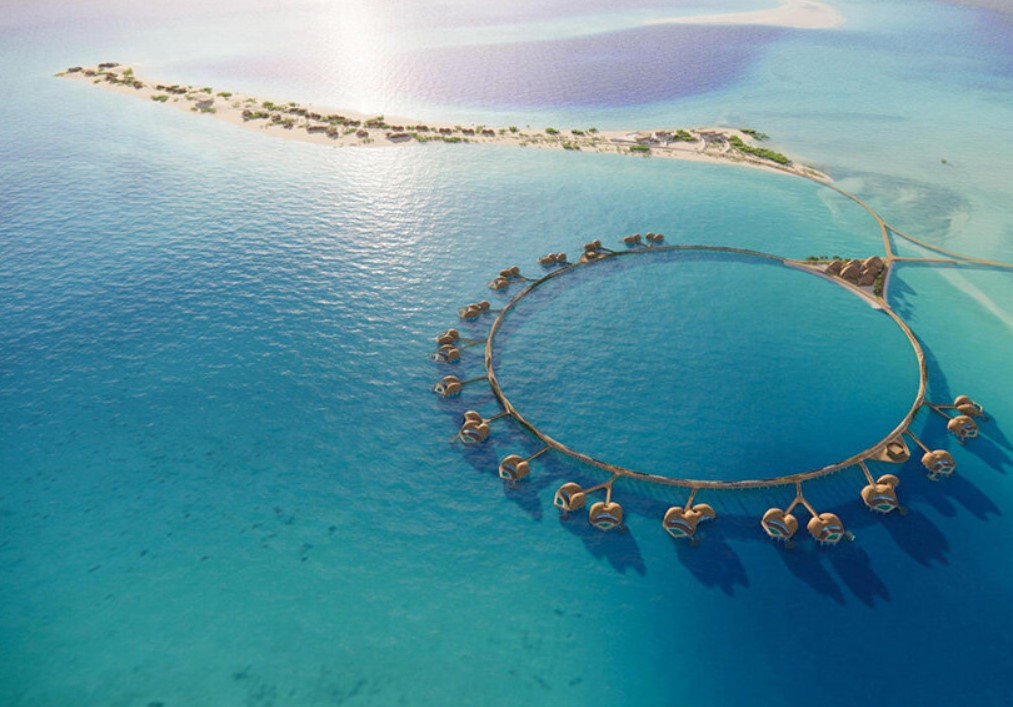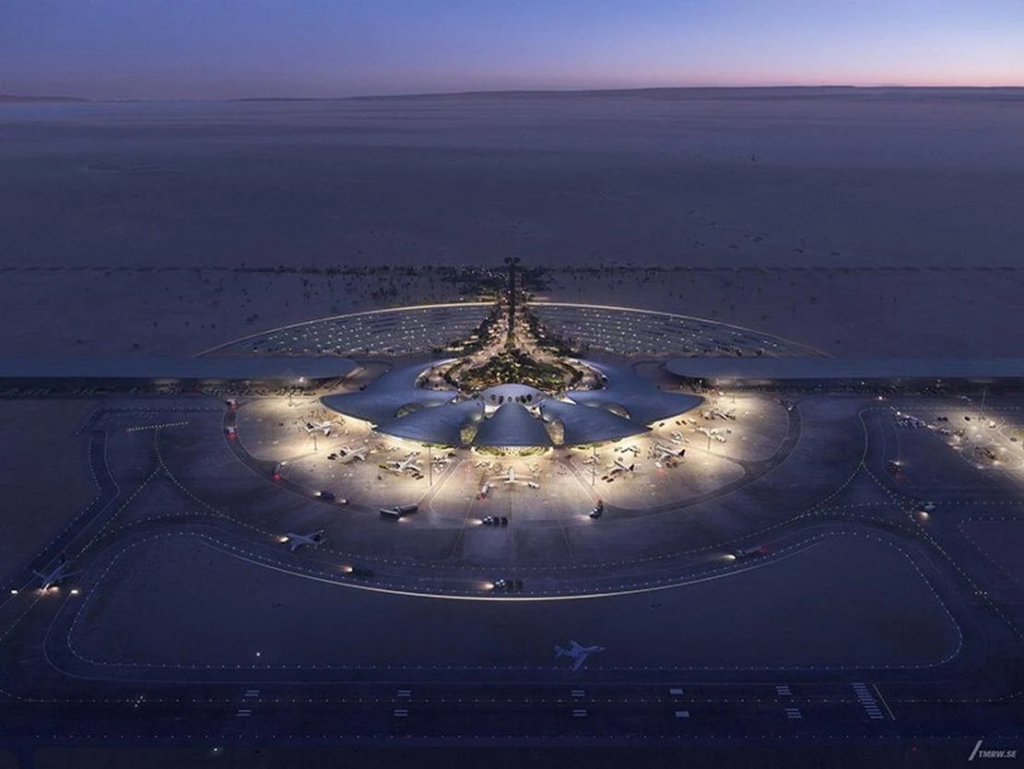Saudi Arabia’s Red Sea Airport is set to redefine modern travel by 2025-end. As part of the ambitious Red Sea Global (RSG) project, the airport is expected to become one of the world’s most advanced and sustainable aviation hubs. From passenger pods and air taxis to seaplanes, travelers will experience a level of convenience and innovation rarely seen in traditional airports.
With a strong focus on eco-friendly technology, fast mobility, and unique travel experiences, Saudi Arabia’s Red Sea Airport aims to serve one million passengers annually by 2030. But by the end of 2025, the world will already witness some of the most exciting innovations in place.
Below are the seven futuristic features travelers can expect from this one-of-a-kind airport:
1. Passenger Pods for Seamless Terminal Transfers

One of the most eye-catching innovations will be the introduction of passenger pods. These are driverless, autonomous electric vehicles that can transport passengers within the airport and to nearby locations with ease. These pods will eliminate long walks and wait times, especially for VIP travelers and those with reduced mobility.
The pods will be completely electric, aligning with the airport’s zero-emissions policy. They will operate on pre-programmed routes and can even be hailed via smartphone apps, making internal airport movement smoother than ever.
2. Air Taxis for Short-Range City Transfers
Saudi Arabia’s Red Sea Airport is preparing to launch electric vertical take-off and landing aircraft (eVTOLs), commonly known as air taxis. These futuristic flying machines will offer short trips between the airport and various destinations across the Red Sea Project, including key resorts and tourism hubs.
This technology is part of the broader urban air mobility (UAM) push by the Saudi government. Air taxis will not only reduce road congestion but will also give visitors a scenic flight over the Red Sea’s turquoise waters.
3. Luxury Seaplane Services
Another transport feature that will attract global attention is the integration of luxury seaplane services. These aircraft can take off and land on water, offering direct transfers between the airport and the Red Sea’s 90+ pristine islands.
This mode of travel is particularly designed for luxury tourists who want a seamless, fast, and premium connection to their island resorts. Seaplanes will also be fitted with high-end interiors, ensuring a first-class experience from start to finish.
4. A Carbon-Neutral, Off-Grid Airport Design
The architecture and energy system of Saudi Arabia’s Red Sea Airport itself is a major innovation. Designed by world-renowned British firm Foster + Partners, the airport will run entirely on renewable energy. It will operate completely off the national grid and be carbon-neutral from day one.
Solar farms around the airport will generate the electricity needed for daily operations, including powering the passenger pods and air taxis. The airport’s design also incorporates natural ventilation and daylighting, reducing energy use.
5. AI-Powered Touchless Check-In and Immigration
The airport is also investing heavily in artificial intelligence and automation. This includes fully touchless check-in kiosks, biometric verification at security gates, and AI-based crowd management to reduce wait times.
These systems will make the airport experience smooth and fast, with minimal human interaction required. Advanced AI will also monitor air traffic, luggage handling, and even weather patterns for real-time adjustments.
6. Sustainable Construction and Smart Materials
Saudi Arabia’s Red Sea Airport isn’t just futuristic in design but also in how it’s being built. The materials used are eco-certified, and many are locally sourced to reduce transportation emissions. Smart concrete, recycled steel, and heat-reflective roofing are just a few of the technologies used.
The construction itself is also monitored using digital twins, 3D simulations that predict and manage the entire building process for safety, sustainability, and efficiency.
7. Hyper-Personalized Passenger Experience

With smart sensors and AI data analysis, the airport will provide a hyper-personalized experience. From suggested gate changes based on walking speed to real-time dining offers based on your preferences, everything will be tailored.
Even the in-flight experience is expected to connect with the airport ecosystem. Data from your airport journey could inform cabin temperature, in-flight meals, or even seat comfort adjustments through personalized profiles.
Strategic Importance of the Red Sea Project
Saudi Arabia’s Red Sea Airport is a cornerstone of Vision 2030, the country’s transformation plan to diversify its economy away from oil. The airport is strategically located near key luxury destinations and is expected to become the main access point for The Red Sea, a 28,000-square-kilometer tourism mega project.
The airport will support high-value tourism and aims to attract international luxury travelers, celebrities, and investors. It also aligns with the country’s goals of becoming a leader in eco-tourism and sustainable development.
Conclusion
Saudi Arabia’s Red Sea Airport is not just an infrastructure project—it’s a visionary leap into the future of travel. With its mix of passenger pods, air taxis, and seaplanes, the airport represents the next chapter in how people move, fly, and connect.
By the end of 2025, travelers will get a firsthand glimpse of a transport ecosystem powered by clean energy, AI technology, and luxury innovation. For Saudi Arabia, it’s more than just a new airport—it’s a global statement of intent.
Also Read – 7 Positive Lifestyle Adjustments for Foreign Women in Saudi Arabia



